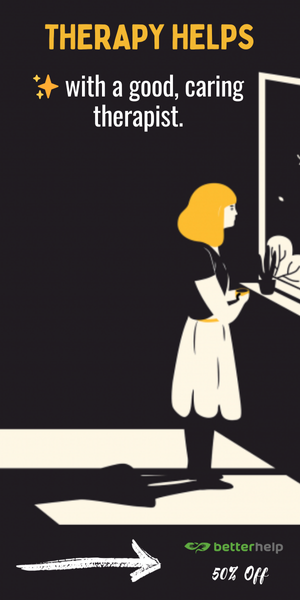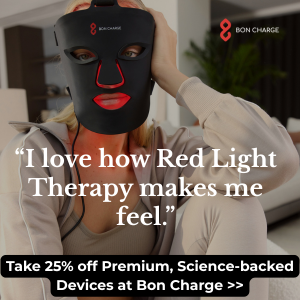View this post on Instagram
I felt her eyes combing me over.
We stood side by side in front of her bedroom mirror talking—my friend and me. Her eyes slowly rolled up and down my body, methodically, pausing to take in my hips. Then, she shifted her focus to her long, narrow frame.
She did this back and forth between us a few times, and each pass of my body felt like an eternity. Her eyes widened and her lips pursed whenever her gaze returned to herself. She delighted in herself.
I tried not to notice whatever it was she was doing. I just kept talking, breathlessly. And I wondered why I just stood there like nothing was happening. But mostly, I questioned how I came to be in front of a mirror in the first place. I had purposely avoided mirrors and reflections—always. I disliked them.
Talking to a mirrored reflection, though, that wasn’t unusual for me. I’d grown up wedging myself into the side of my mother’s vanity table, listening and venting, while she drew a perfectly winged cat eye onto her upper eyelids every morning.
But what my mother never noticed during our morning chats was that I had become adept at not looking at myself in the mirror.
I focused all of my energy on her giant, brown eyes and the line she drew with her liquid eyeliner. I resisted seeing myself and evaded the sordid feelings that I knew would ensue.
The self-criticism and feelings of unworthiness I endured thereafter certainly weren’t worth the glance.
I’d adjusted my way of being in the world by the time I stood next to my friend in her mirror. I learned to dress myself in under 10 minutes, look away from my reflection in windows, and peer down in bathroom mirrors.
But something was amiss that day at my friend’s, despite all my best efforts. All the little hairs on the back of my neck and arms stood straight up.
I was triggered and it wasn’t because my friend had done anything wrong. Sure, being sized up like that by her was strange behavior, but it wasn’t the worst I’d experienced from my female friends either. I wished I could have forgotten it and moved on. But my mind floated back there from time to time and I felt that same sickening feeling every time it did.
It didn’t bother me that my friend had compared herself to me; that was par for the course (and an article for another day). What was upsetting for me was that I’d been thrown into the ring without my gloves on or the slightest bit of protection. I felt naked and cold.
I didn’t know how it felt to be situated within my own body. I didn’t appreciate or cherish my body as my friend had. This wasn’t my friend’s fault and I knew that even then. It wasn’t her responsibility to make me feel warm and cozy on the inside. It was mine.
To me, my body appeared too large and too wide and rather unbecoming. At an early age, I determined my body was a horrible sight, and a disempowering, internal dialogue formed. As time went on, there were discrepancies to my line of thinking—compliments, attention from suitors, and my small clothing size. Yet none of this mattered much or made a lasting impact on my perception. I had a distorted body image.
Our body image is our perception of our physical self and the opinions and feelings that result from that perception.
Our feelings can be positive, negative, or both, and are influenced by internal and environmental factors. Thoughts and feelings about our body can begin forming at three years old.
A body image distortion is when a person may see a body in the mirror that is considerably different from their actual physical body. In its most severe form, a body image distortion is called body dysmorphia and is considered a mental health disorder (body dysmorphic disorder). For those diagnosed with BDD, a combination of cognitive behavioral therapy and medication can be implemented to treat their condition.
While working as a school social worker, I learned that body dissatisfaction and body image distortion resulting from poor body image are not uncommon and are experienced to varying degrees (from mild to severe).
The body awareness support groups we held at the school were our most attended. Many believed that the bodies they viewed in the media were unrealistic and unattainable, and this caused them to view themselves in a poor light. Others felt that traumatic life events, harsh criticism from peers or family members, or a mental health issue caused them to hold disapproving and destructive thoughts about their bodies.
In our support groups, we offered tools to manage body image distortion and counter body dissatisfaction. But what my colleagues and I couldn’t give the students was a guarantee that they wouldn’t become triggered from time to time—as I had. In order to truly shed our negative body perception, we have to unravel its origin and learn how to change our line of thinking. A compassionate, experienced therapist can help in this capacity.
For me, it wasn’t until I devoted myself to spiritual practice and committed to a mind-body program—like meditation, yoga, pilates, and dancing—that I found a true appreciation for my body. In applying maitri, one of the four virtues of Buddhism, I learned to befriend my body, shine light on my shame, and embrace my imperfections.
And now, when I see my reflection in a mirror, I hang in there a bit longer with myself. I quiet down the judgments and breathe life into my body.
I breathe in love and light and bow down to one of God’s beautiful creations: my body.
~
Please consider Boosting our authors’ articles in their first week to help them win Elephant’s Ecosystem so they can get paid and write more.


 Share on bsky
Share on bsky




Read 22 comments and reply